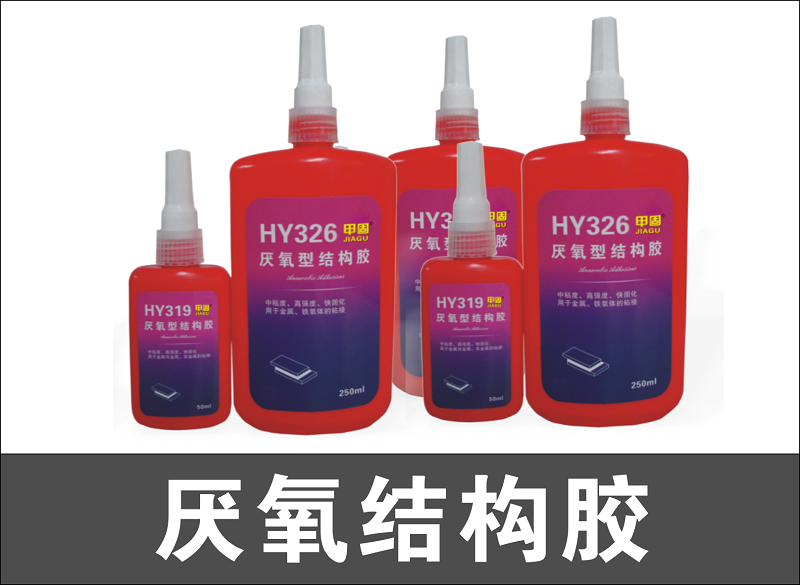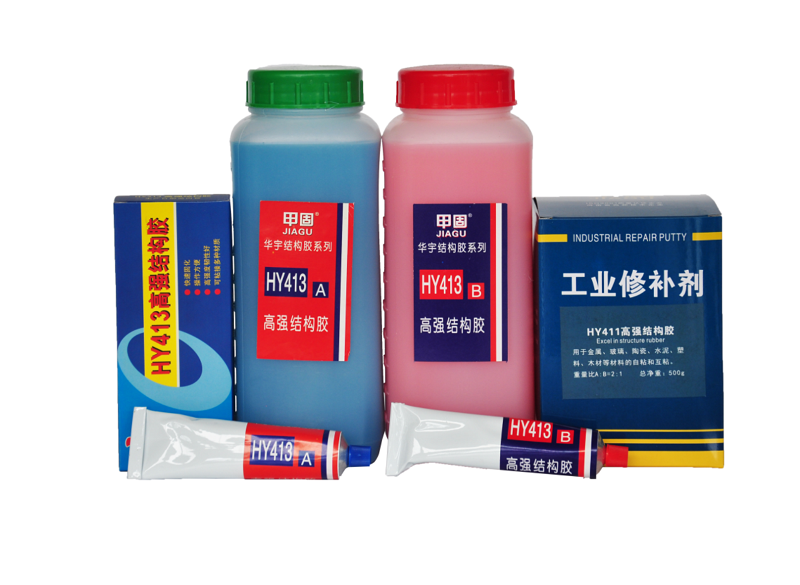Ruilangda structural adhesive is a type of adhesive that is easy to use, has strong load-bearing capacity, can withstand aging, corrosion, and has stable and powerful performance. It is suitable for strong structural bonding and can be seen in many industries. In daily life, Ruilangda structural adhesive can be applied to the connection between metal, wood, and plastic. Compared with some traditional adhesives such as welding and riveting, structural adhesive is more convenient and the effect is not inferior to these traditional welding processes, and even surpasses them
& nbsp; & nbsp; & nbsp; Ruilangda structural adhesive is a type of adhesive that is easy to use, has strong load-bearing capacity, can withstand aging, corrosion, and has stable and powerful performance. It is suitable for strong structural bonding and can be seen in many industries. In daily life, Ruilangda structural adhesive can be applied to the connection between metal, wood, and plastic. Compared with some traditional adhesives such as welding and riveting, structural adhesive is more convenient and the effect is not inferior to these traditional welding processes, and even surpasses them. However, do you really know about the use of structural adhesive< br />

& nbsp; & nbsp; & nbsp; From its composition, structural adhesive is a glue made from a special resin, which has excellent toughness and can bond different materials. Its market demand is very high, especially in the electronic and electrical industry where its application is becoming increasingly widespread. Due to its neutral curing properties, structural adhesive is mainly used for reinforcement, bonding, and repair between parts in engineering structures, such as steel bonding, crack repair, sealing, surface repair, etc.

& nbsp; & nbsp; & nbsp; The use of structural adhesive also needs to pay attention to some issues< br />
& nbsp; & nbsp; & nbsp; When using structural adhesive, it is best to control the indoor temperature at around 20 to 25 degrees Celsius and maintain no fire source and ventilation< br />
& nbsp; & nbsp; & nbsp;& nbsp; 2. Before using the structural adhesive, exhaust the air first, and then continuously and evenly fill the gaps without any bubbles to ensure good bonding effect< br />
& nbsp; & nbsp; & nbsp;& nbsp; If the temperature is low, heating or extending the curing time should be used< br />
& nbsp; & nbsp; & nbsp; 4. Due to the presence of dust, dirt, and impurities on the surface of the structural adhesive, it is necessary to strictly clean the adhesive material before use to ensure good adhesion between the structural adhesive and the substrate< br />

& nbsp; & nbsp; & nbsp; Among the numerous structural adhesives, it is important to pay more attention when choosing one that is suitable for your industry and product. If you are unsure about which adhesive to choose, you can consult Ruilangda's online customer service. Professional technicians can recommend different adhesives based on different needs.



 豫公網安備41042102000091號
豫公網安備41042102000091號
 豫ICP備14028033號
豫ICP備14028033號